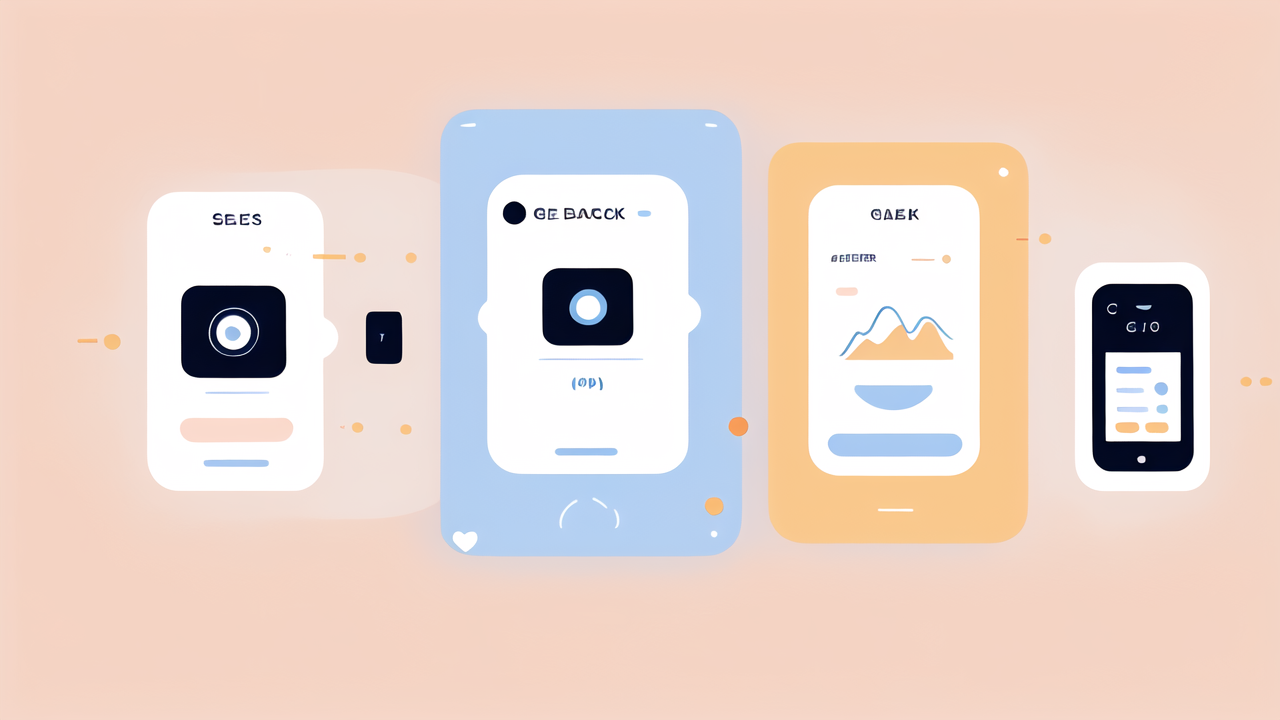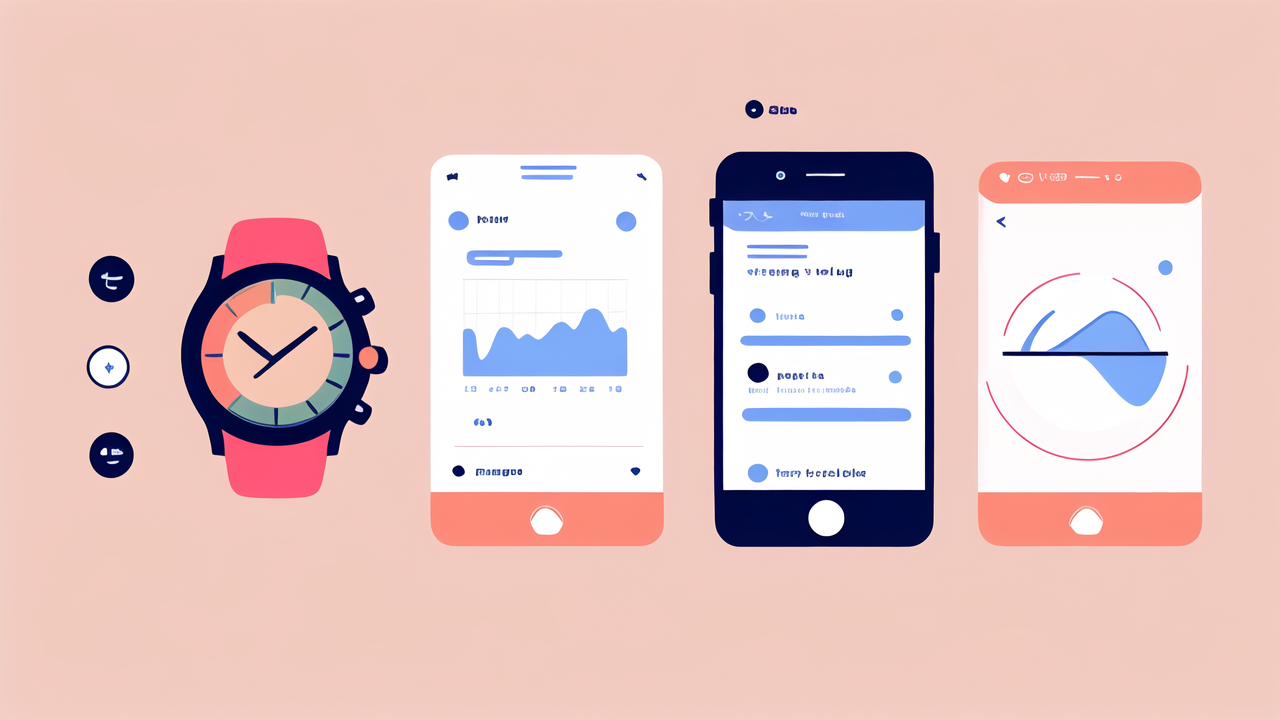Understanding Fitness Tracking Technologies
The Evolution of Fitness Tracking Devices
Fitness tracking has come a long way since the early days of simple pedometers. The journey began with basic step counters and has evolved into sophisticated wearables. Early devices like Fila watches focused mainly on time and basic activity tracking. They paved the way for more advanced tools.

Today's fitness trackers are mini-computers on your wrist. They can monitor heart rate, sleep patterns, and even stress levels. The evolution shows a clear trend towards more comprehensive health monitoring. Modern trackers use advanced sensors and algorithms to provide accurate data.
The shift from simple step counting to holistic health tracking has been rapid. It reflects our growing interest in personal health and wellness. This evolution has made fitness tracking accessible to a wider audience.
Key Technologies Behind Modern Fitness Trackers
Modern fitness trackers rely on a variety of technologies to collect and analyze data. At the heart of these devices are accelerometers and gyroscopes. These sensors detect movement and orientation, allowing the tracker to count steps and identify activities.
Optical heart rate monitors use LED lights to measure blood flow through the wrist. This technology enables continuous heart rate tracking throughout the day. GPS chips in some trackers provide accurate location data for outdoor activities.
Many trackers now include SpO2 sensors to measure blood oxygen levels. This feature has become increasingly important for overall health monitoring. Advanced algorithms process all this data to provide insights into your fitness and health.
Bluetooth connectivity allows trackers to sync data with smartphones and other devices. This enables real-time data analysis and long-term trend tracking. The combination of these technologies makes modern fitness trackers powerful health tools.
Top Fitness Trackers in the Market
Fitness Tracking Wearables: A Closer Look at Market Leaders
The fitness tracker market is dominated by a few key players, each offering unique features. Fitbit, now owned by Google, remains a popular choice for its user-friendly interface. Their devices range from basic trackers to smartwatch-style wearables.

Apple Watch has become a major player in the fitness tracking world. It offers a wide range of health features integrated with the iOS ecosystem. Garmin is favored by serious athletes for its advanced sports tracking capabilities.
Samsung's Galaxy Watch series combines fitness tracking with smartwatch functionality. They offer a good balance of features for both casual users and fitness enthusiasts. Xiaomi has gained popularity with budget-friendly trackers that offer good value for money.
Each brand has its strengths, catering to different user needs and preferences. The competition has led to rapid innovation and improvement in fitness tracking technology.
How Fitness Trackers Are Changing the Fitness Landscape
Fitness trackers have revolutionized how people approach their health and fitness goals. They provide real-time feedback on physical activity, encouraging users to move more. Many people find the data motivating, leading to increased activity levels.
These devices have made it easier to set and track fitness goals. Users can monitor their progress and adjust their routines accordingly. The social features of many trackers create a sense of community and friendly competition.
Fitness trackers are also changing how we sleep. Sleep tracking features help users understand their sleep patterns. This awareness often leads to better sleep habits and overall health improvements.
The integration of fitness data with healthcare systems is an emerging trend. Some doctors now use patient-generated data from trackers to inform treatment decisions. This represents a shift towards more personalized and proactive healthcare.
Regulatory Impact on Fitness Tracking Devices
Compliance and Safety Standards for Fitness Trackers in the United States
In the United States, fitness trackers fall under the regulation of the FDA. They are classified as low-risk general wellness devices. This classification means they face less stringent regulations than medical devices.

However, manufacturers must still comply with certain standards. These include safety requirements for electrical devices and data privacy regulations. The FDA requires that fitness trackers do not make medical claims unless approved as medical devices.
Data security is a major concern for regulators. Fitness trackers collect sensitive personal information. Companies must adhere to strict data protection standards to protect user privacy.
Some states have additional regulations regarding data collection and use. California's Consumer Privacy Act, for example, gives users more control over their data. These regulations aim to protect consumers while allowing innovation in the industry.
Future Outlook: Innovations in Fitness Tracking Technology
The future of fitness tracking looks promising, with several exciting innovations on the horizon. We can expect to see more advanced health monitoring features. This may include non-invasive glucose monitoring and blood pressure tracking.
Artificial intelligence will play a bigger role in data analysis and personalized recommendations. This could lead to more accurate predictions of health risks and tailored fitness plans. Integration with smart home devices could create a more holistic health ecosystem.
Wearable technology is likely to become more discreet and comfortable. We may see fitness tracking capabilities integrated into clothing or jewelry. This could make continuous health monitoring even more seamless.
The line between fitness trackers and medical devices may blur. More trackers could gain FDA approval for specific medical uses. This could lead to wider adoption in healthcare settings and insurance programs.
As technology advances, privacy and ethical concerns will remain important. Balancing innovation with user protection will be crucial for the industry's future growth.




Leave a comment
This site is protected by hCaptcha and the hCaptcha Privacy Policy and Terms of Service apply.